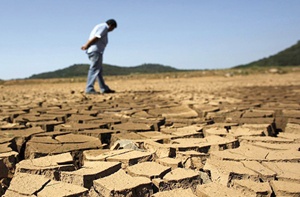Abstract
Morocco, located at the interface of Mediterranean and Saharan climate systems, has emerged as a regional climate change hotspot. Observational records reveal accelerated warming (+0.33°C per decade since the mid-1980s), declining precipitation, increased aridity, recurrent multi-year droughts, and shrinking snowpack in the Atlas Mountains. Projections from CMIP5 and CMIP6 ensembles consistently indicate future warming exceeding global averages, with declines in annual rainfall of 10–20% by mid-century and increased frequency of compound heat–drought events. These changes have profound implications for water resources, agriculture, energy, health, and coastal systems, all of which face heightened risks under climate stress. Morocco has responded with ambitious climate policies, including a 2021 Nationally Determined Contribution targeting 45.5% emissions reductions by 2030, and adaptation strategies such as the National Water Plan and Generation Green 2020–2030. Nevertheless, major challenges remain, including financing, addressing local vulnerability, and reducing uncertainty in precipitation and hydrological projections. Morocco’s experience underscores the urgency of combining ambitious mitigation with inclusive adaptation, while serving as a potential model for climate resilience in semi-arid regions.
Keywords: Climate change; Morocco; Drought; Water scarcity; Adaptation strategies
